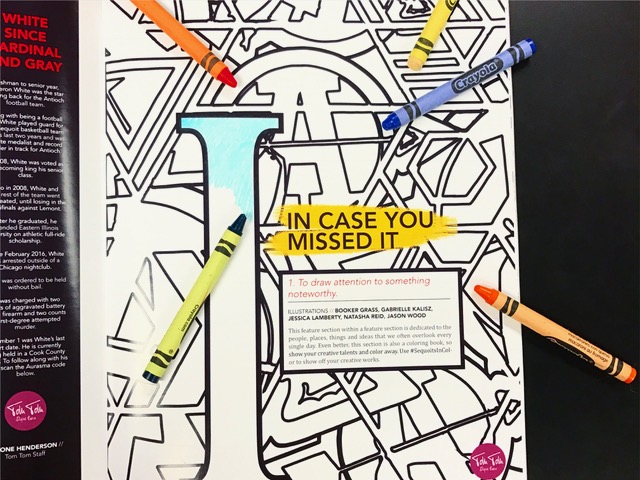The Origin Of The Coloring Book
Discover the history of the coloring book.
Every book is different.
The traditional coloring book contains a story line and the pages are meant to stay in order. Some books have perforated edges so they can be removed as individual pages.
British artist Joshua Reynolds, Swiss educator Johann Heinrich Pestalozzi and his student Friedrich Fröbel inspired the creation of the coloring book through lectures during the Democratization of Art process.
In 1907, Richard F. Outcault created “Buster’s Paint Book” which featured the character Buster Brown. This launched the trend of using coloring books to advertise products, including coffee and pianos. Until crayons became widely used in the 1930s, these books were most commonly painted.
Coloring helps develop cognitive skills and is an activity that requires little skill. This is why it is a common activity for young children, however adult coloring books (containing more difficult illustrations) are becoming more and more popular.
The main requirement for coloring is hand-eye coordination, which allows coloring to be a main prescription for those in need of such therapy or assistance, like car crash victims.
Senior Andalusia Goodman is grateful for the creation of the coloring book.
“It’s therapeutic and soothing,” Goodman said. “I’ve always liked coloring.”
However, junior Nathan Cavanaugh disagrees.
“I don’t enjoy coloring,” Cavanaugh said. “I prefer to write poetry or something else like that.”
While coloring may not be for everyone, it can be a fun pastime for people of all ages. For something new, try painting in a coloring book or use markers.
Discover more about the history of the coloring book at https://en.wikipedia.org/wiki/Coloring_book.


